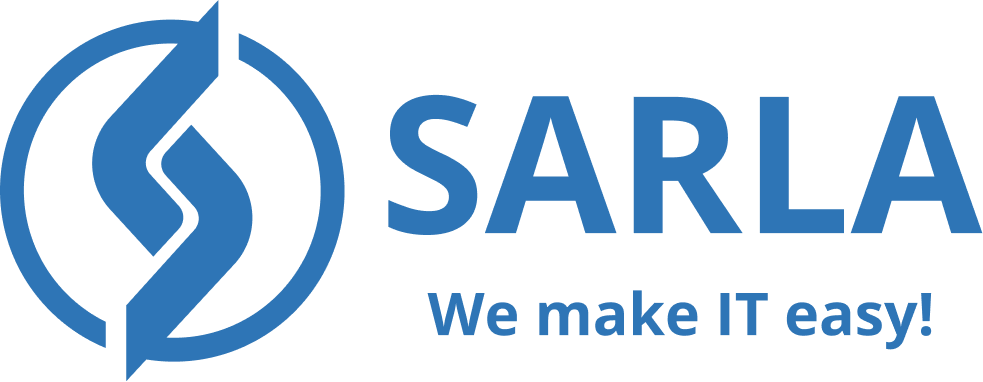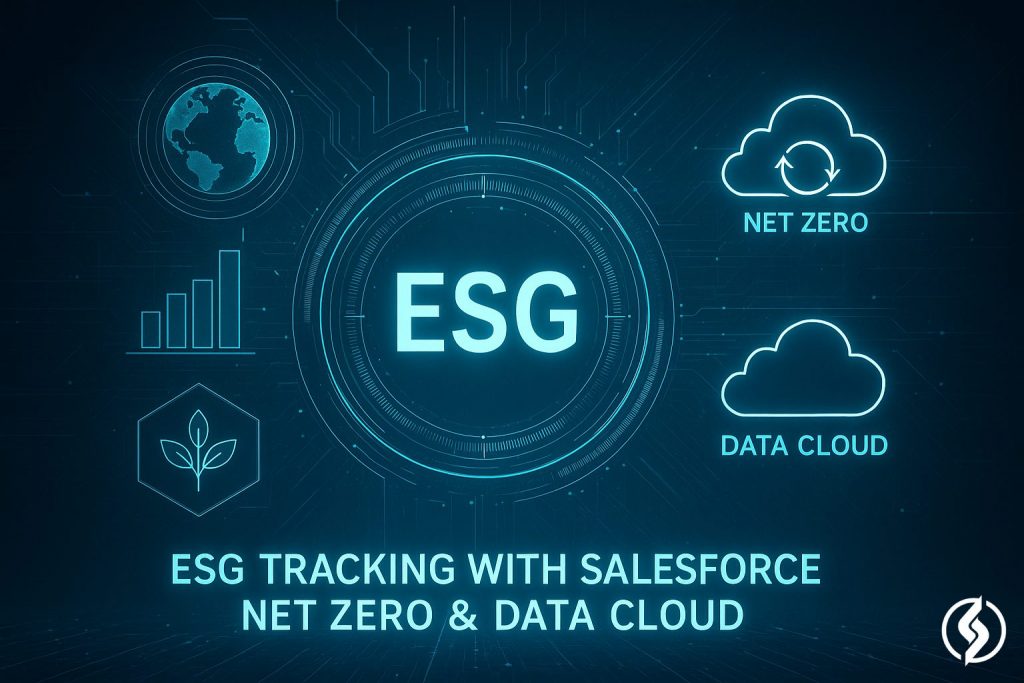Companies that track ESG performance, also known as environmental, social, and governance performance, are seeking new and innovative ways to measure it. With the right Salesforce partner in your corner, tools such as Net Zero Cloud and Data Cloud help businesses track and grow with precision, offering accountability for the numbers they showcase.
Why ESG Matters For Your Business?
Environmental and social governance is no longer a corporate buzzword. According to McKinsey, over 90% of S&P 500 companies now publish ESG reports. With new disclosure requirements from the SEC, the EU’s Corporate Sustainability Reporting Directive (CSRD), and increasing public scrutiny, businesses must move beyond spreadsheets and manual data entry.
Traditionally these CRM systems were used for customer management, but they are rapidly evolving. Salesforce is at the forefront of this shift, enabling companies to embed sustainability directly into the heart of business operations.
Introducing Salesforce Net Zero Cloud
Salesforce Net Zero Cloud is a purpose-built ESG tracking solution that enables companies to:
- Track carbon emissions (Scope 1, 2, and 3)
- Manage energy and waste data across facilities and operations
- Automate ESG reporting and audit trails for compliance
- Set climate goals and visualize progress on real-time dashboards
- Create transparency with investors and stakeholders
The platform consolidates emissions and sustainability data into a single, auditable system that is aligned with standards such as GRI, CDP, and TCFD.
The Power of Salesforce Data Cloud in ESG Tracking
While Net Zero Cloud tracks sustainability metrics, Salesforce Data Cloud (formerly Genie) acts as a real-time data engine. It allows companies to:
Unify ESG data from disparate sources (IoT sensors, ERPs, supply chain systems, etc.)
ESG data is often fragmented across multiple systems. Salesforce Data Cloud integrates data from sensors, enterprise software (ERP), operational tools, and partner systems into a single, unified view. This allows organizations to analyze energy usage, emissions, and social indicators in real-time without switching platforms or manually reconciling spreadsheets.
Correlate customer, product, and energy usage data for deeper insights
Organizations can make more informed decisions by mapping ESG metrics to operational and customer data using Salesforce. Businesses can determine, for instance, which consumer groups want greener options, which products have the most significant carbon footprint, or how supply chain choices affect energy consumption. Better, more sustainable decisions are made as a result of this cross-functional visibility.
Enable predictive modeling to simulate ESG impact scenarios
Salesforce Data Cloud can model future events, like modifications to manufacturing energy consumption, raw material sourcing, or transportation methods, and determine the ensuing ESG impact by utilizing AI-powered analytics. These models encourage long-term sustainability planning and proactive decision-making.
Personalize experiences based on sustainability preferences
With enriched customer profiles that include sustainability preferences (like opting for carbon-neutral delivery), companies can tailor services and communication. Brands can reward eco-conscious behavior, promote green products, or recommend energy-efficient upgrades, thereby enhancing loyalty while aligning with their ESG commitments.
By combining customer 360-degree views with ESG analytics, companies can not only reduce emissions but also tailor services and communications to meet the needs of eco-conscious customers.
Example:
A consumer goods brand integrates energy usage and shipping emissions data with customer information to recommend greener alternatives, thereby boosting brand trust and loyalty.
Benefits of Using Salesforce for ESG Management
- Single Source: One platform for all ESG, customer, and operational data, so you don’t have to deal with data silos and can work on a single platform to gather the data.
- Audit-Ready Reports: Generate reports aligned with global compliance frameworks that facilitate the audit process and provide a channel for planning.
- Automation and Scale: Minimize manual data handling with automated data pipelines, allowing the team to focus on strategic goals rather than repetitive tasks.
- Engagement and Transparency: Keep customers, employees, and investors informed through dashboards and disclosures that help with a personalized experience so that the consumers are hooked to the service.
Aligning CRM with Sustainability Goals
Salesforce enables companies to align business performance with planetary responsibility. Here’s how:
- Incorporate ESG data into sales and marketing dashboards
- Prioritize sustainable suppliers via procurement integrations
- Enable customer service teams to access sustainability ratings or carbon scores
- Align loyalty programs with green behaviors (e.g., reward customers for low-impact choices)
Getting Started with Salesforce ESG Tools
- Assess current ESG maturity and identify data gaps
- Deploy Net Zero Cloud for emissions tracking and reporting
- Integrate with Data Cloud for unified and predictive ESG analytics
- Train teams on using ESG dashboards and automated reporting
- Scale up by connecting additional data sources and expanding reporting categories
CRM’s future lies in managing our relationship with the planet, not just our customer relationships. Organizations can create a sustainable, compliant, and customer-aligned future with Salesforce Net Zero Cloud and Data Cloud.
Sarla Consulting ensures that ESG success is integrated from strategy to execution by assisting businesses in easily implementing these solutions.
One carbon count at a time, let’s turn technology into a positive force.


chesterfieldph
Dice games are so much fun, but understanding the odds is key! It reminded me of exploring new platforms like chesterfield ph casino – they emphasize safe, playful experiences, much like a well-run game! Registration seemed easy too. 😊
chesterfieldph
Dice games are so much fun, but understanding the odds is key! It reminded me of exploring new platforms like chesterfield ph casino – they emphasize safe, playful experiences, much like a well-run game! Registration seemed easy too. 😊
bengoplus
Interesting read! Transparency in RTP, like with bengo plus download, is huge for building trust. Seeing data-driven approaches to game selection-and localized payment options-really elevates the player experience. Good stuff!
bengoplus
Interesting read! Transparency in RTP, like with bengo plus download, is huge for building trust. Seeing data-driven approaches to game selection-and localized payment options-really elevates the player experience. Good stuff!
jlboss
This article really hits the mark on what players want – seamless experiences are key! I’ve been checking out platforms like boss jili, and their easy registration & payment options are a huge plus. Great read!
jlboss
This article really hits the mark on what players want – seamless experiences are key! I’ve been checking out platforms like boss jili, and their easy registration & payment options are a huge plus. Great read!